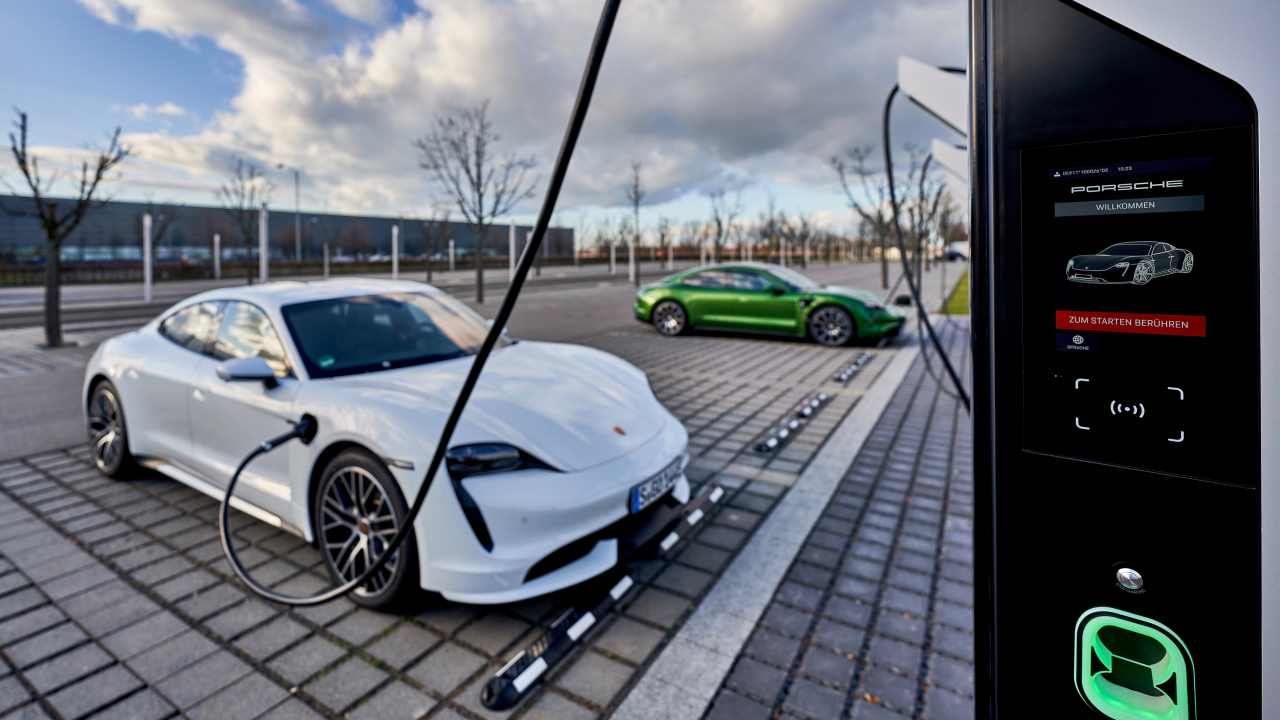For a long time, the different medias have talked about the ultra-fast charging capacity of some electric cars. This is the case of the Porsche Taycan, which for some reason, we have come to think that it will be able to recharge its batteries at 350 kW. Something that is not true, and that the manufacturer itself has not said officially.
For example, if we review the press release of the Taycan presentation, published April 9, 2019, we see a full description of the vehicle, including its power, acceleration, battery capacity, and autonomy. We also know that they talk about rapid recharging at 800V as one of their main strengths, but the figure of 350 kW is not mentioned at any time.
Many have mistakenly used a number with a strong symbolic component to compare the Taycan with some of its rivals when reality does not indicate that the German electric vehicle can reach such figures.
According to Porsche, the Taycan can reach a peak load power of 270 kW. Something that makes it the model with the largest capacity on the market, and that in the real world allows it to go from 5% to 80% in just 22 minutes is an already impressive figure.
Where does the confusion come from? The origin of the myth of the 350 kW of the Taycan has had its origin in the directors of the German manufacturer’s statements during its presentation, which indicated that it “could access points of up to 350 kW”. But access can be done by any car with the appropriate charging format, up to a SEAT eMii. Another thing is to make the most of the available power, and that in the case of Taycan, as we see, remains a very striking figure, but far from what is repeated.
The problem of cargo networks
Of course, to reach these figures, the Taycan and any other vehicle need a charging station capable of offering them. And this is where marketing comes into play again. And it is that in the market we see the announcement to drum and cymbal of large charging stations equipped with “some” 150 kW points.
The problem is that the 150 kW point only works at that power with models with batteries above 750 V, so neither the Tesla models nor the Audi E-Tron will access these figures. At the moment, only the Porsche Taycan can do it.
The conclusion is that many times the data that brands offer about their electric cars can lead to the deception or confusion of consumers who are left with only some of the figures shown, both in terms of charge and battery capacity. Something that extends to charging point operators who also tinker with marketing to display data with some asterisks to place next to it can lead to confusion for consumers who learn the reality when they arrive at the station.

